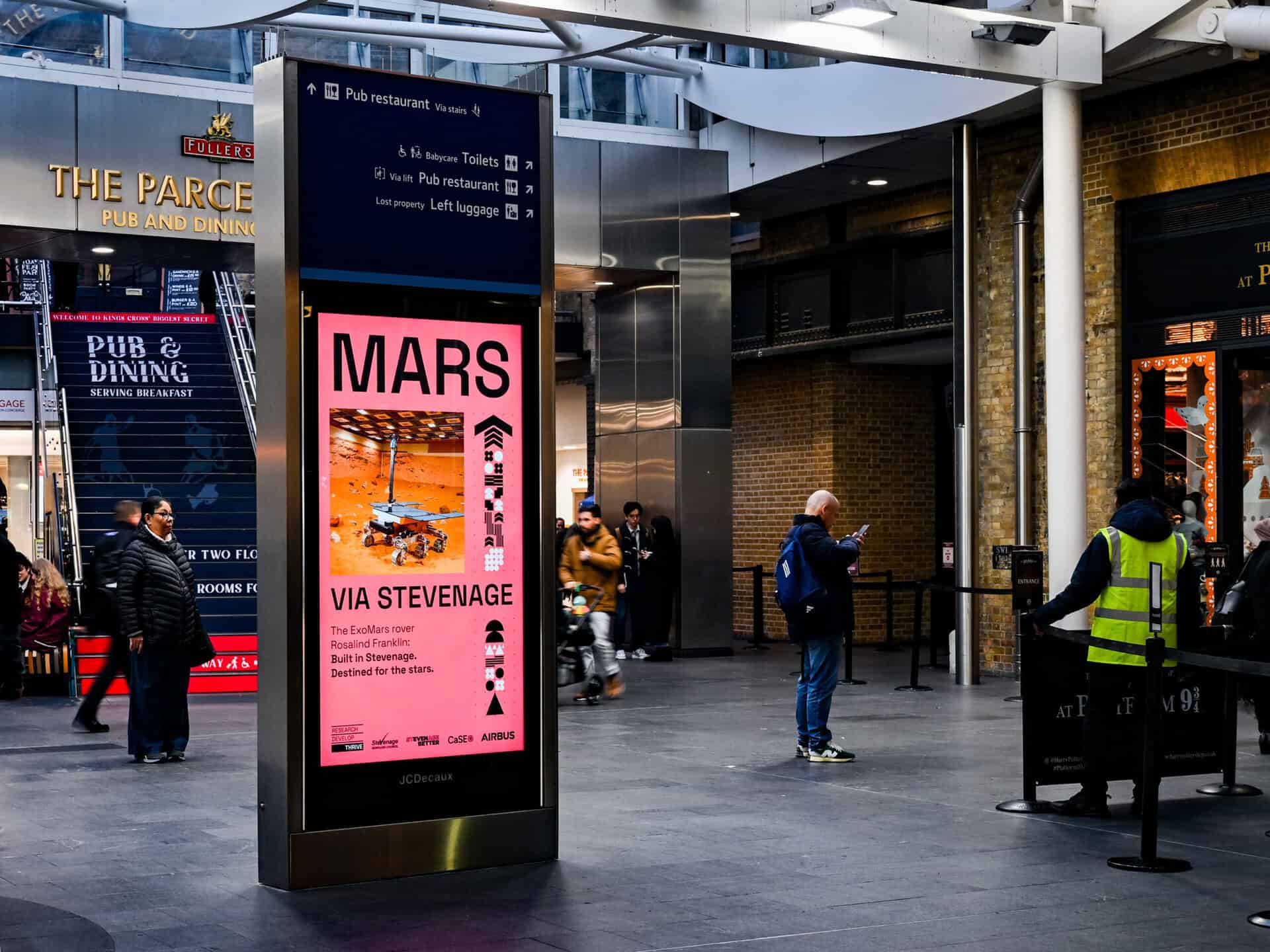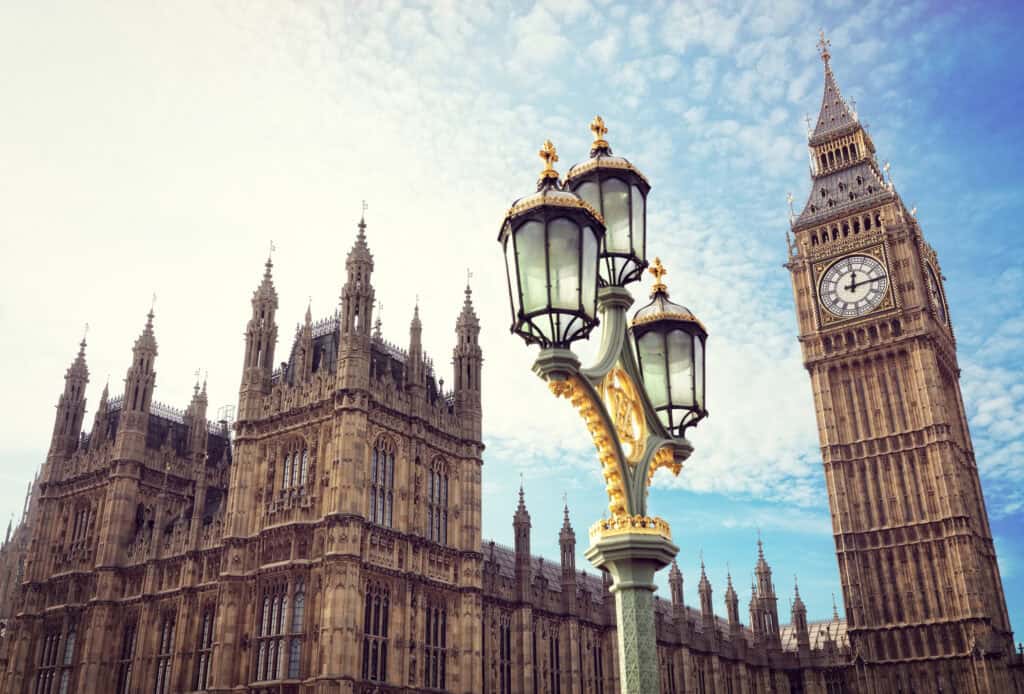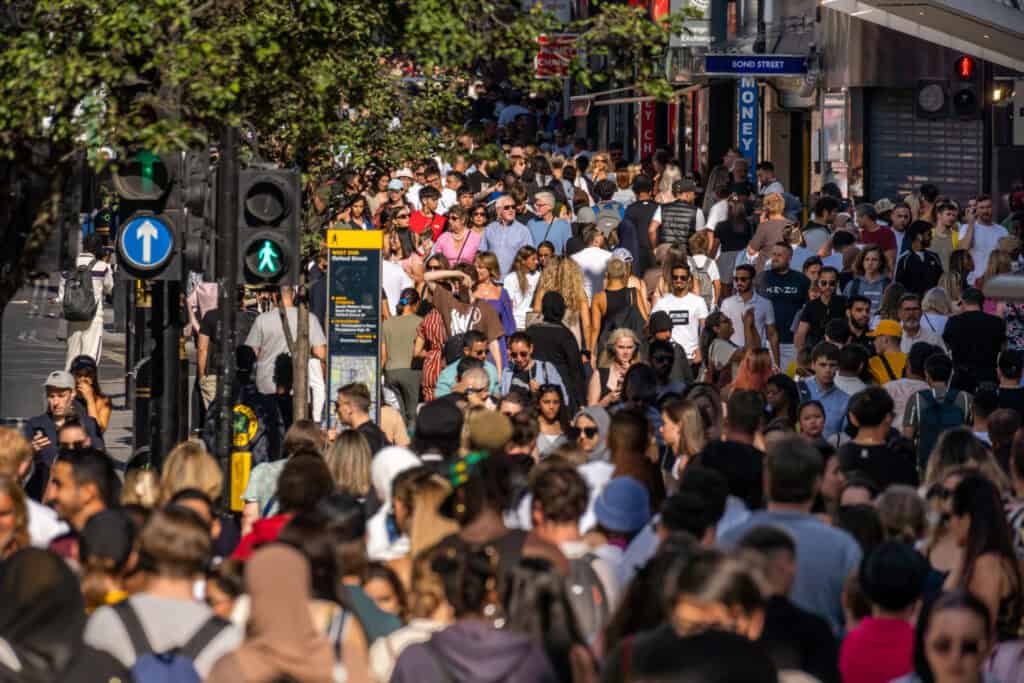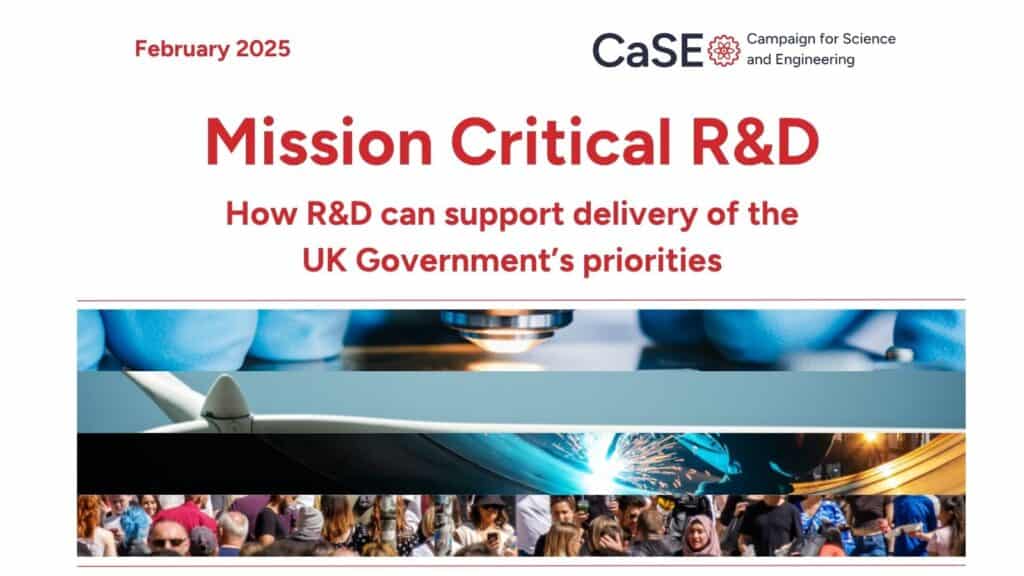This post first appeared in Research Fortnight on 21st November 2024
One lesson of the autumn budget for UK R&D advocates is the importance of building alliances to create a more compelling narrative about the sector’s value.
The audience for this is not just politicians. Bringing the public along with us is critical to maintaining political support for R&D. Without more support from both constituencies, UK R&D will always be at risk.
To achieve this, the sector needs to get better at describing what R&D does for people. This is one aim of the Campaign for Science and Engineering’s (Case) Discovery Decade programme.
Public opinion research carried out for the programme shows that, while the public think R&D is important in theory, many people don’t know much about it or feel it benefits them or their loved ones. Around two-thirds say they know hardly anything about R&D in their area. That lack of awareness makes R&D vulnerable.
But we also know that people feel positive about sectors that deliver benefits close to home. The same is true for research: our polling shows that people trust local messengers, want to see more local and regional R&D, and want to feel more connected to local research.
Up in lights
To put these insights into practice, Case has run a series of pilot studies exploring how focusing on place can help us connect with new audiences.
We convened small groups of local organisations in Stevenage, Greater Manchester and Northern Ireland. Each area collaborated to develop messaging strategies and materials for local R&D identities. The Stevenage pilot, for example, has led to a billboard campaign celebrating the town’s innovations and opportunities, rolling out in Stevenage and King’s Cross stations this week (pictured above).
This approach—described in our report published today, People and Places: How to put R&D on the map—could be applied anywhere. It draws together polling data, expertise from the R&D community and insights from pilot studies to make a series of recommendations for action.
Many parts of the UK have strengths in R&D, in universities, the NHS and businesses; on campuses, science parks and, increasingly, on high streets. This adds up to a huge opportunity to harness hidden strengths by creating more compelling place-based identities for R&D.
Build a brand
Everyone who wants Britain to be a nation with strong support, interest and buy-in from its citizens for R&D should be considering how to boost its profile in their area.
There is a lot to learn from other sectors. The Silicon Roundabout brand, for example, helped draw tech startups into the area around Old Street in London and advertise their collective identity. At Salford Quays, the Media City brand built on investment by the BBC to raise the profile of production in the north and help build a thriving independent sector outside London.
Such strong place-based identities amplify an industry’s presence to local people and politicians. This also strengthens awareness of a sector’s economic value at the national level, and advertises its priorities to local, national and international audiences.
This creates tangible benefits for an area and its leaders, whether by attracting talent or inward investment, and for the people that live there, for instance with opportunities for skills development or more diverse career choices.
Leave the bubble
Case’s pilots have emphasised the shared interests and common challenges held by local groups and the R&D sector, and the benefits of working together to tackle them. Collaboration can help all concerned reap the benefits of raising the profile of local R&D activity.
For the R&D sector, this means getting out of our bubble and forging stronger links with place-based partners, such as local, regional or mayoral authorities and organisations that aren’t traditionally active in R&D policy.
These connections will only become more worthwhile as plans for devolving R&D funding move from theory towards practice. This is a chance to strengthen R&D’s ties to the public and make the case for sustained investment. Making better use of place is one way to do so.
As part of Case’s continued efforts to bring the public voice into R&D policymaking, we will be building on this work to stimulate ideas and collaborations. We are confident that focusing on place as a connection point with the public will bring benefits locally and nationally, as people see that UK-wide investment in R&D is delivering close to home.
Kim Shillinglaw is chair of the Campaign for Science and Engineering’s Discovery Decade programme and former controller of BBC2.





